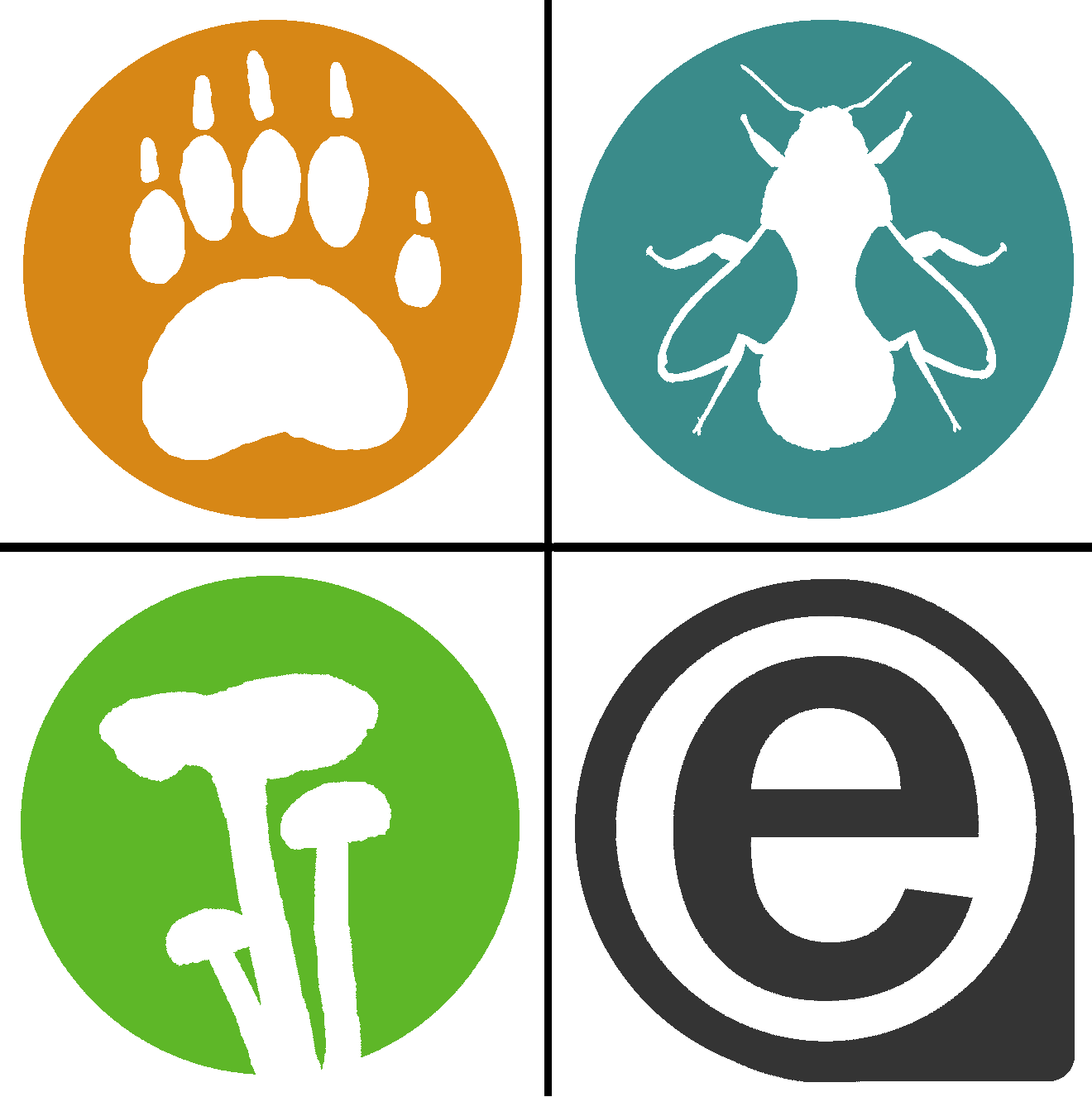
Make Your Records Count!
Introduction to Recording
A biological record can be described as:
“A burst of information about an encounter with a living organism”
We cannot protect what we do not know - Effective nature conservation decisions depend on the availability of good quality biological records.
Our biological records come from many sources, ranging from professional ecologists to amateur expert naturalists and other wildlife enthusiasts.
All wildlife sightings are important to us and we encourage everyone to submit their records. We are interested in all records, from rarer species to help aid conservation efforts to the more widespread species to more common species to allow us to look at trends and give an insight into the wider environmental picture.
The records of a particular species can be used to monitor how their abundance and distributions are changing over time:
Are their numbers increasing or decreasing?
Is a previously common species, becoming rarer?
Are they colonising new areas or disappearing from others?
Without the support of volunteers and voluntary organisations across Birmingham and the Black Country that have developed and maintained a commitment to biological recording over many years, the knowledge and understanding of the wildlife and ecology of Birmingham and the Black Country would be significantly poorer.
Quick Guide
In order to have a good biological record we need four crucial pieces of information:
WHAT – the name of the organism you saw
Only record to a level you are certain (e.g. species/genus/family).
All records are useful!
If you aren’t sure what you’ve seen you can describe or photograph it – ideally from multiple angles –someone else may be able to help!
WHERE - the location where you saw the organism
A location name and description or full postcode.
A Grid Reference can also be very useful! A great website for finding out a grid reference for a location is gridreferencefinder.com
WHEN - the date you saw the organism
This can be an exact date (dd/mm/yyyy), a date-range, or even just a year.
WHO - the name of the recorder(s) and determiner
The name of the person(s) who saw it.
If anyone else helped you to identify it, please also let us know their name too.
How to Send us your Records
You can send us your wildlife records in one of a number of different ways - just chose the one which works best for you.
Google Form
This an online Google Form that we’ve created. It's very simple to use and you don't need to sign up for an account. However the form is very basic and it doesn't include the option to upload photos or using a map to finding your location.
iNaturalist
iNaturalist is a global online system for collecting wildlife observations. It exists as both a phone app or a website and it can suggest identifications on the basis of image-recognition from photos.
It also uses a crowd-sourcing approach to provide help with species identification.
Here’s a guide we’ve put together on how to use iNaturalist.
iRecord
iRecord is a dedicated online recording system which can be used either via the web address above or as a phone app.
One of the benefits of iRecord is that you can (if you wish) upload photos to accompany your sighting, and there are a number of expert verifiers who will help to correctly identify your species.
Recording the location of where you saw the species is also really easy as you can zoom in using an interactive map and then simply click on the location you saw it.
Downloadable Recording Forms
Spreadsheets
We have a wildlife recording excel spreadsheet which can be downloaded here.
Once you’re ready to submit the records you can email it to us at enquiries@ecorecord.org.uk
Printable Recording Forms
If you want a printable checklist to take out into the field there are several different versions (Plants, Invertebrates, Aquatic Life, Birds, Vertebrates) available to download.
There are are a range of printable recording forms here.
You can return the completed forms to us by post to EcoRecord, 42 Norman Street, Birmingham. B18 7ET or by taking a photo of it and emailing it to us at enquiries@ecorecord.org.uk
You can simply email the key details (What, Where, When Who) to us (along with any photos) to us at enquiries@ecorecord.org.uk
Social Media
X/Twitter - Twitter users can submit records and photos to us by tweeting @EcoRecording
Facebook - You can post sightings in our Facebook Group










